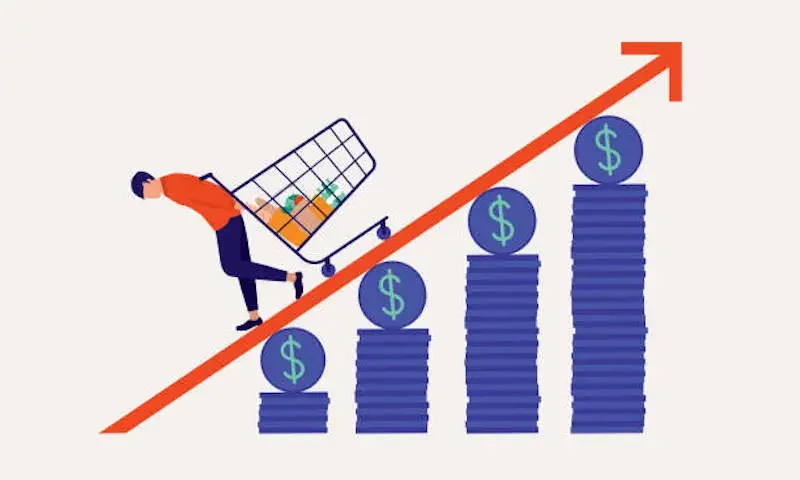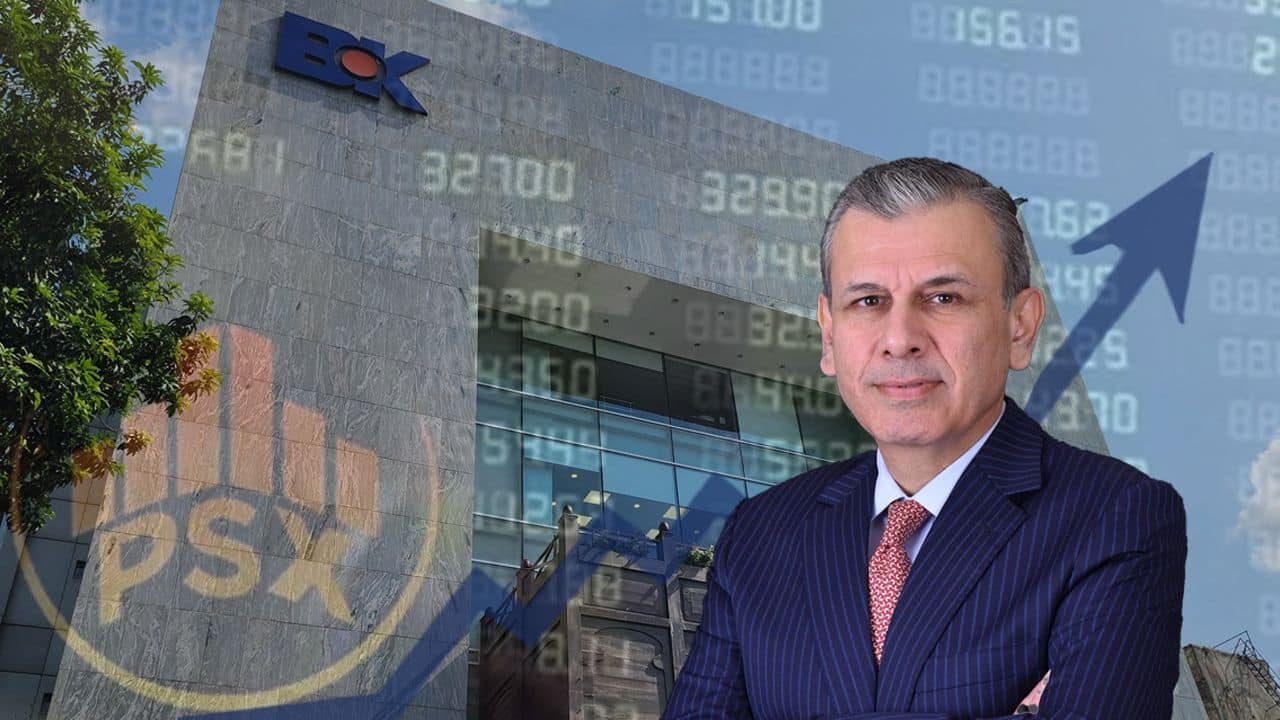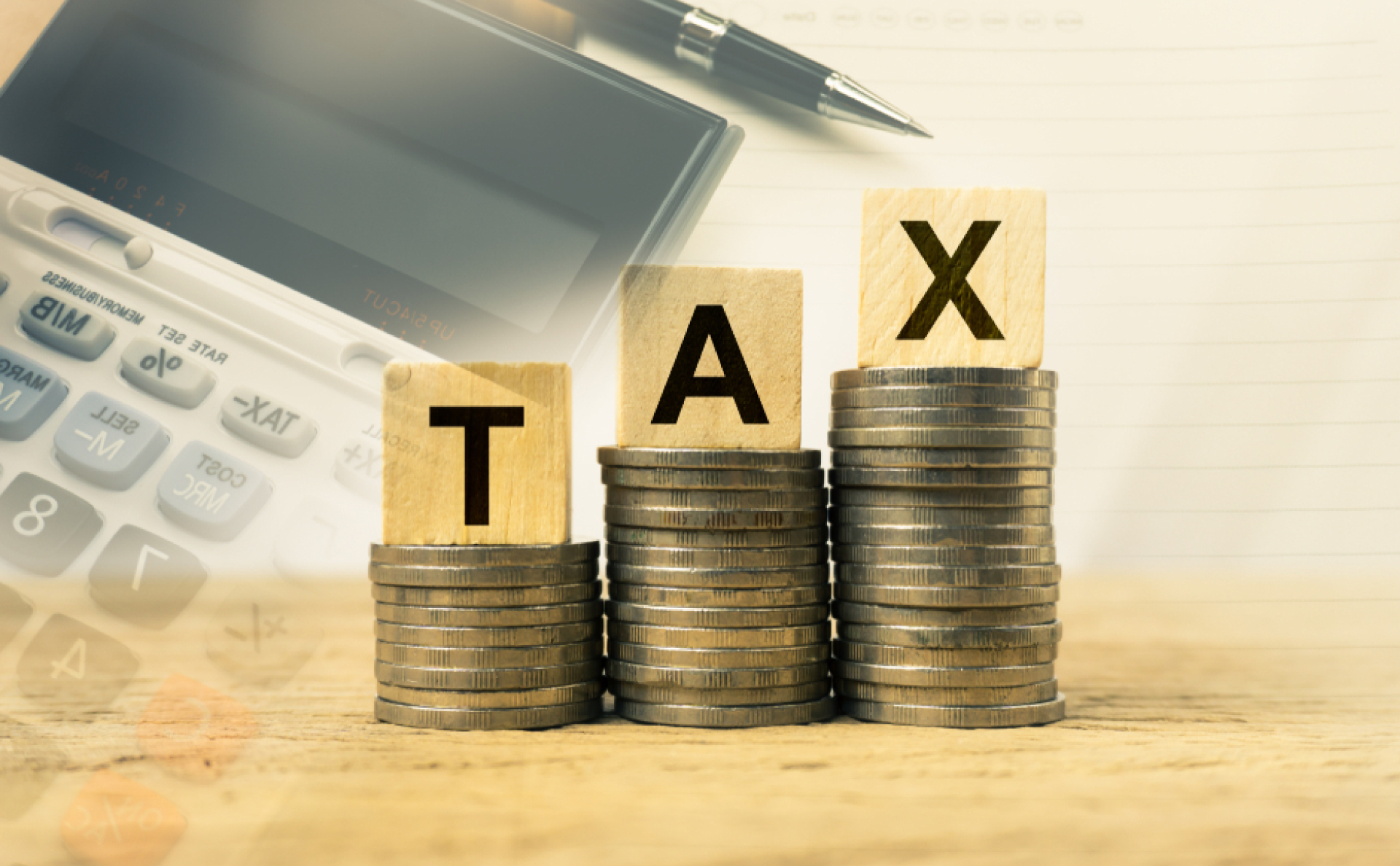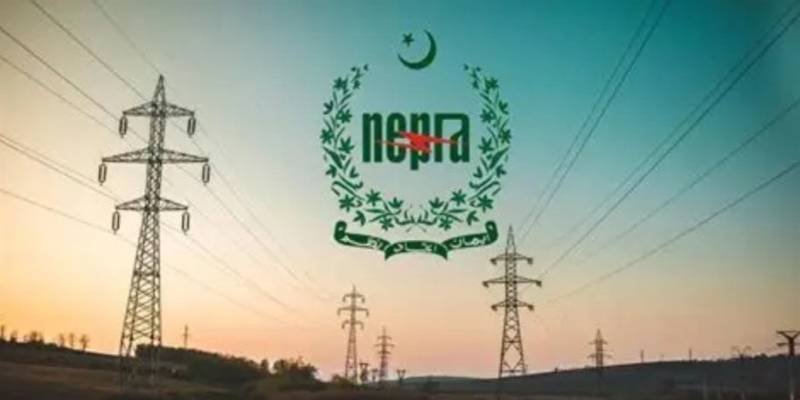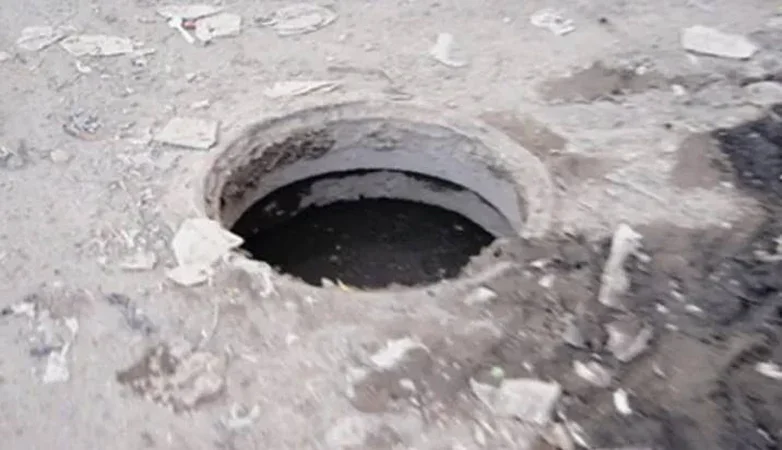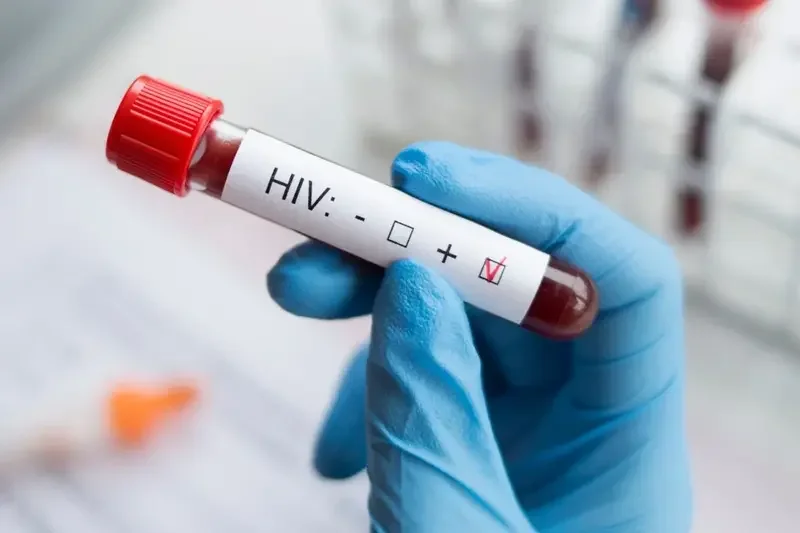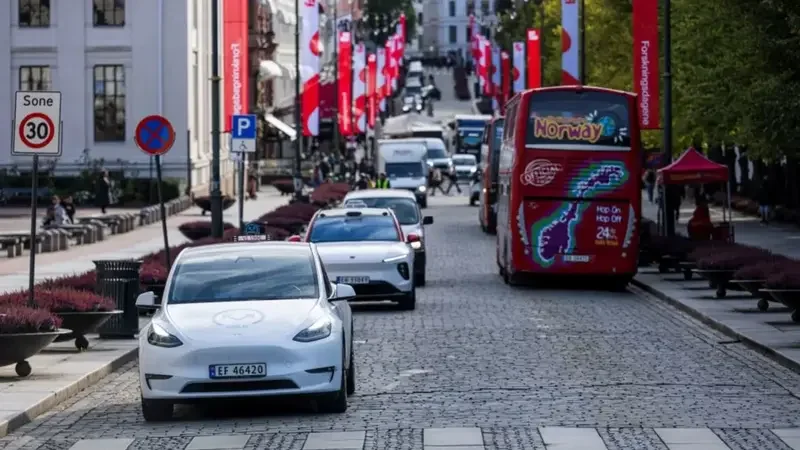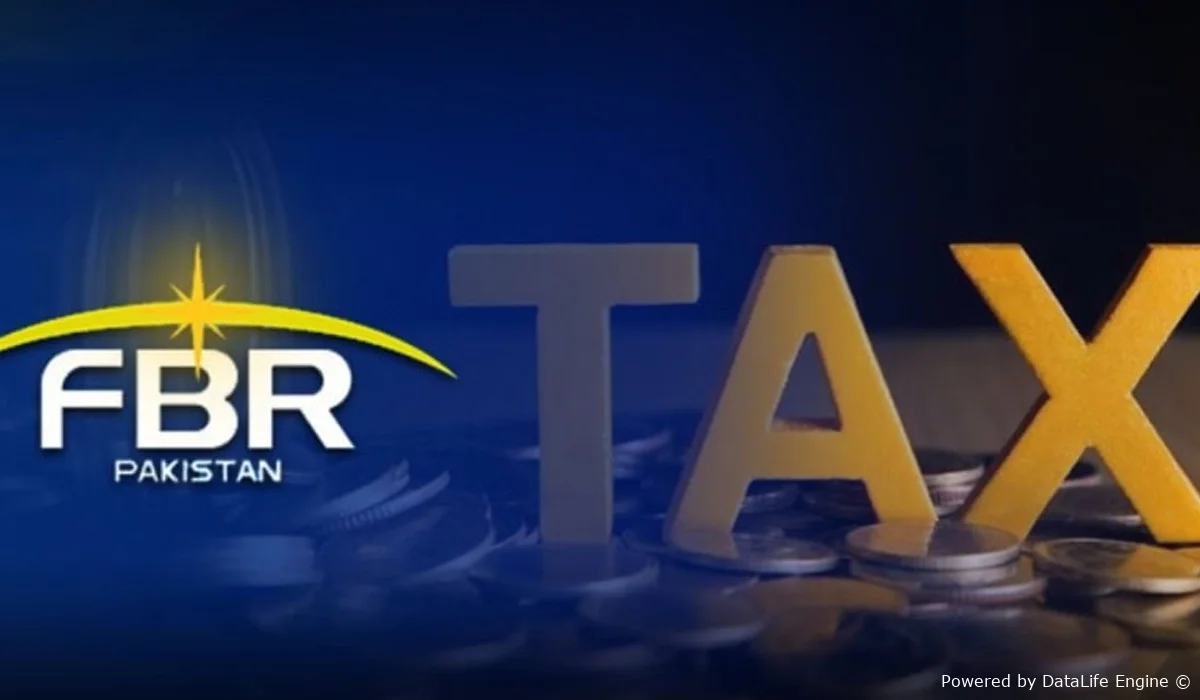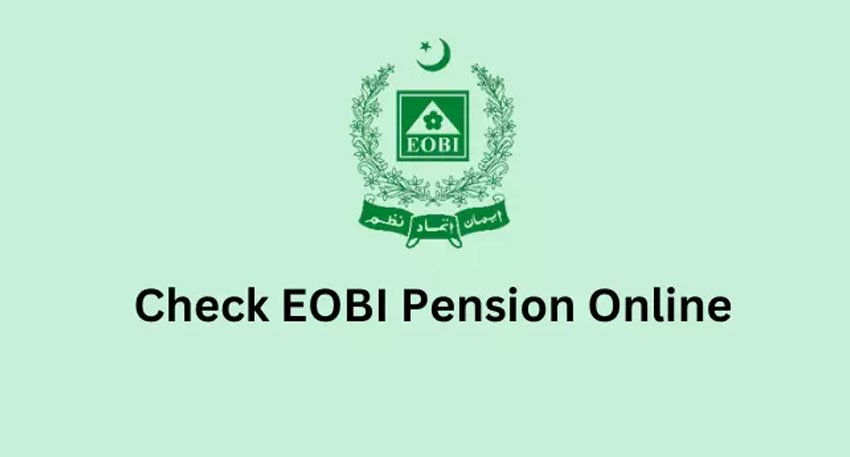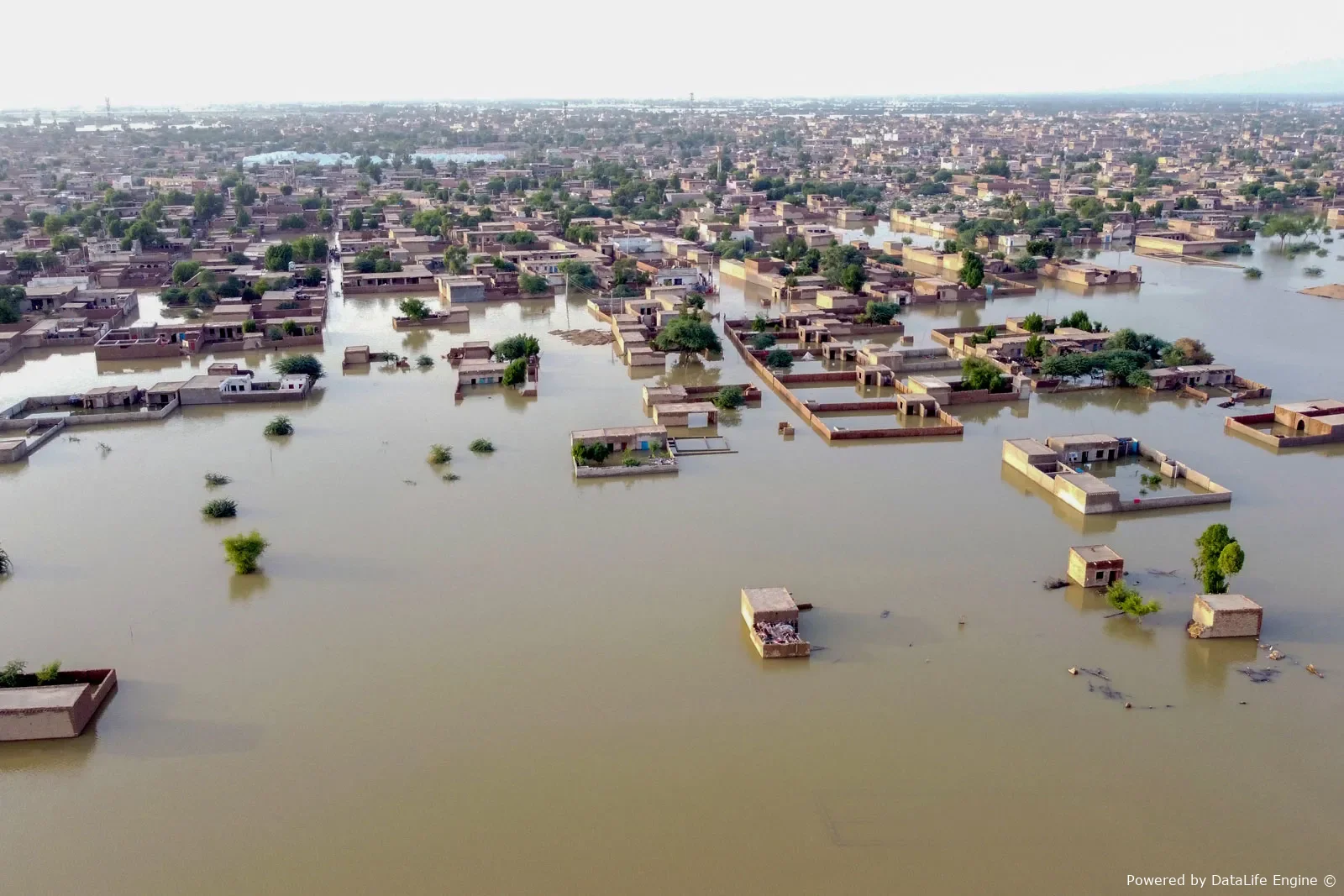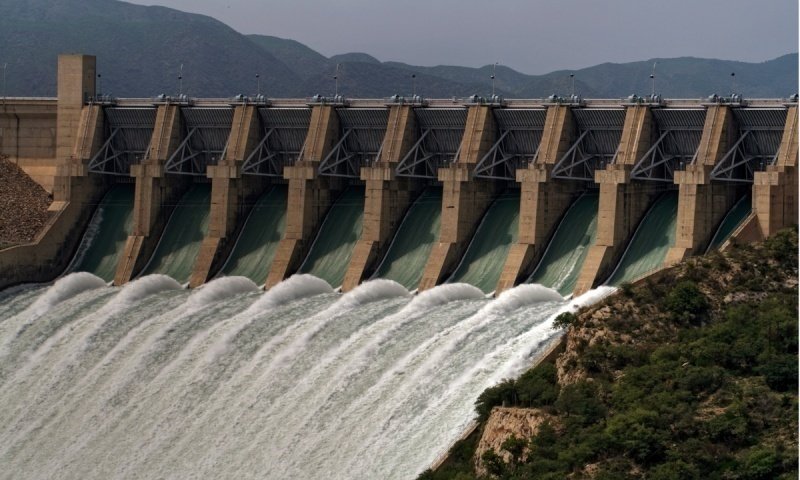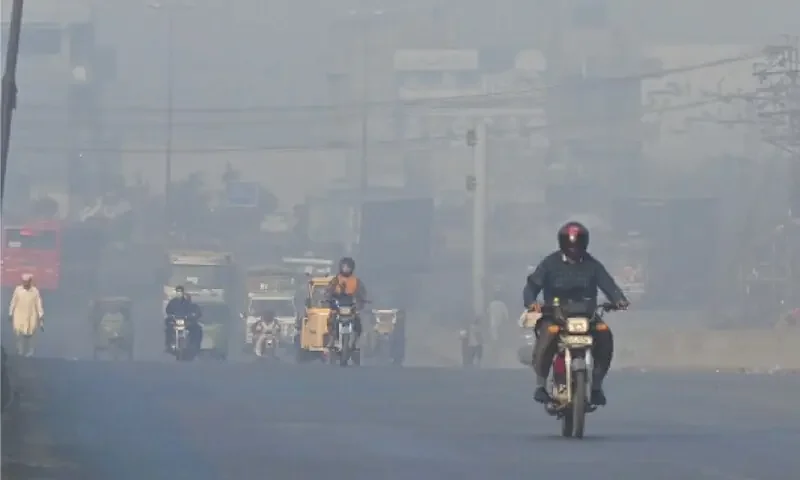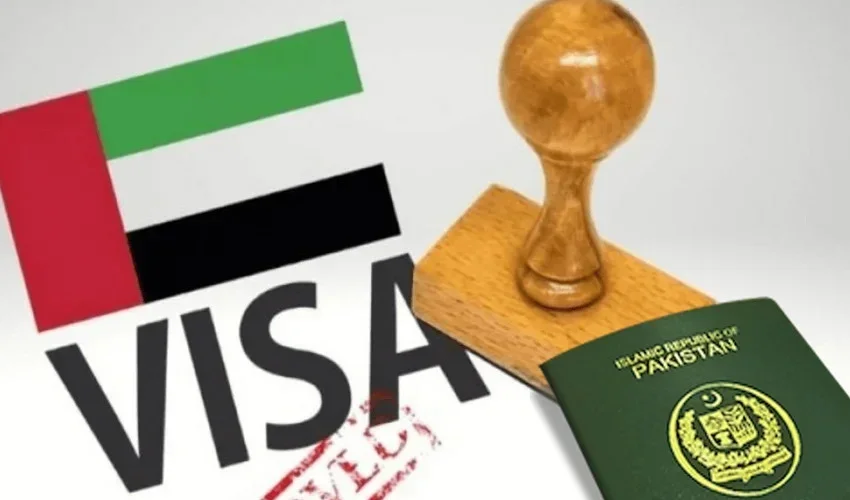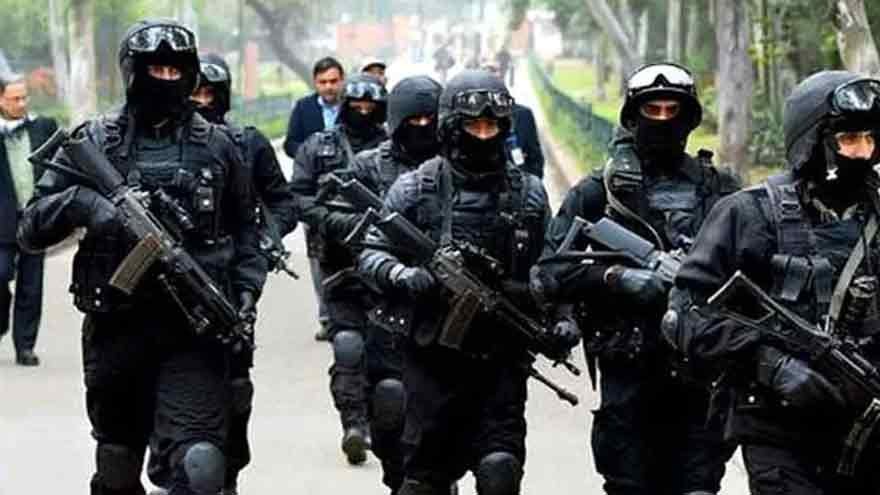Pakistan’s inflation is expected to exceed the State Bank of Pakistan’s medium-term target range of 5.0% to 7.0% during the second half of fiscal year 2025–26. This warning, highlighted in the SBP’s latest annual report, comes amid rising food and energy prices driven by flood-related supply disruptions and the withdrawal of earlier price relief measures.
Recent floods have damaged key agricultural regions, leading to shortages of perishable food items and pushing up food inflation. At the same time, energy costs are expected to rise following a major gas price hike implemented in July 2025 and the expiration of electricity subsidies that had been in place in the final quarter of FY25. As a result, energy prices are forecasted to continue climbing into FY26, compounding inflationary pressures.
Despite these challenges, the SBP notes that overall domestic demand remains contained. A stable external environment and a mild outlook for global commodity prices could help mitigate some of the underlying inflationary forces. However, the headline NCPI inflation rate is still likely to breach the upper limit of the targeted range in the latter half of FY26 before easing back toward target levels in FY27.
The inflation outlook remains vulnerable to several risks. Continued flood-related losses in the agriculture and infrastructure sectors, coupled with geopolitical uncertainty and volatility in global trade, could further strain the economy. These factors not only pose upside risks to inflation but may also increase fiscal and current account deficits while dampening economic growth. Shifts in global commodity markets and slower international trade flows could further impact Pakistan’s external position in the months ahead.

